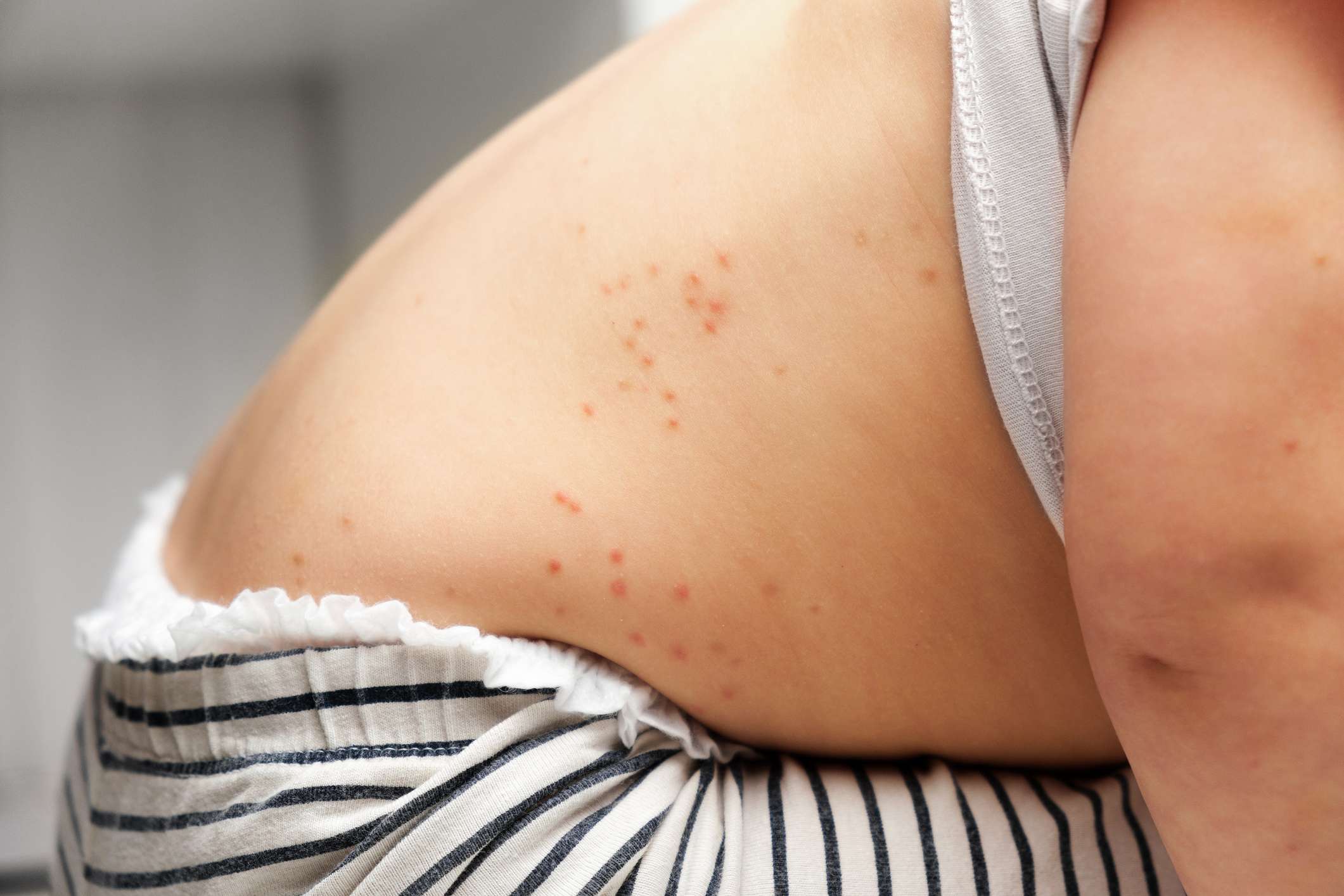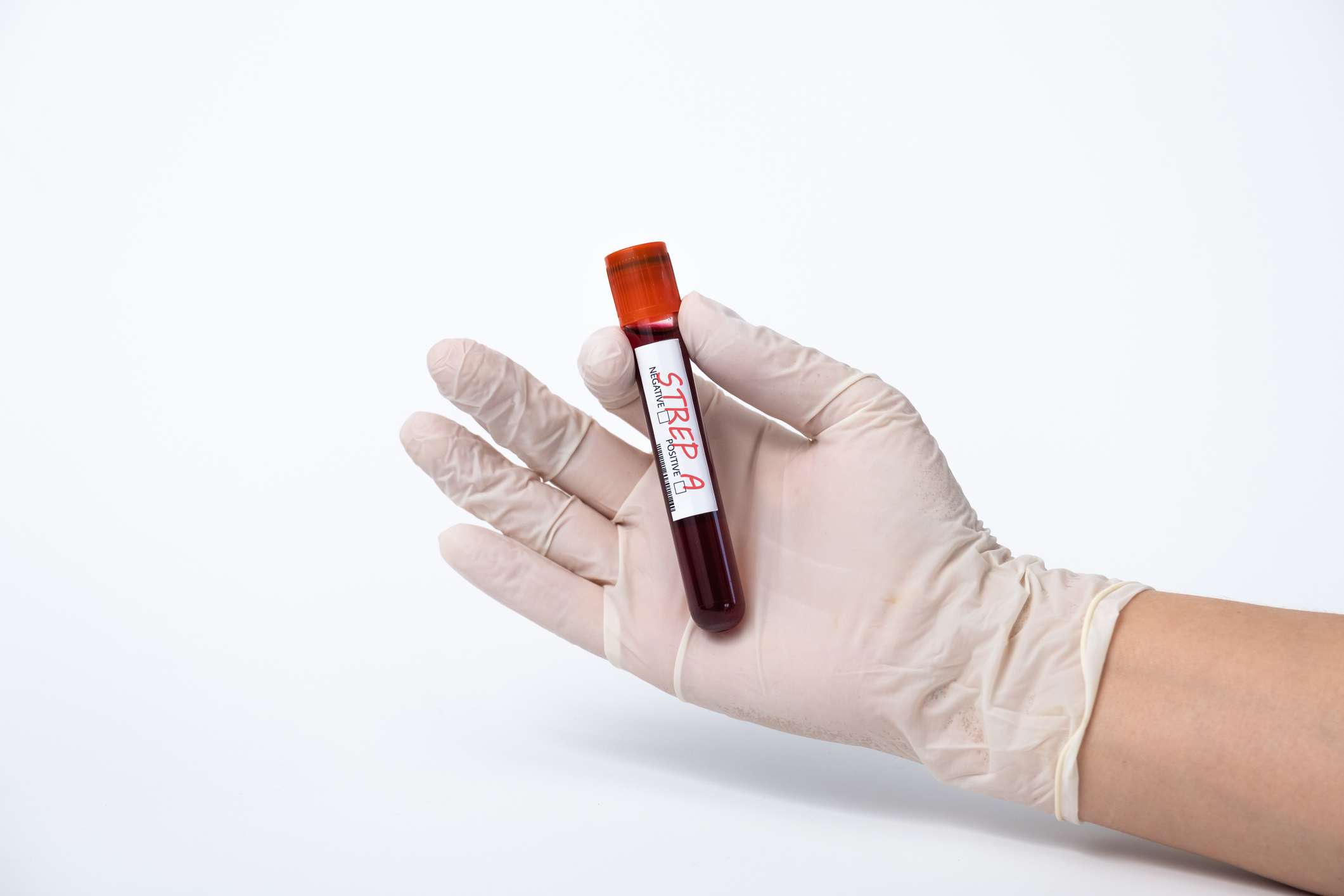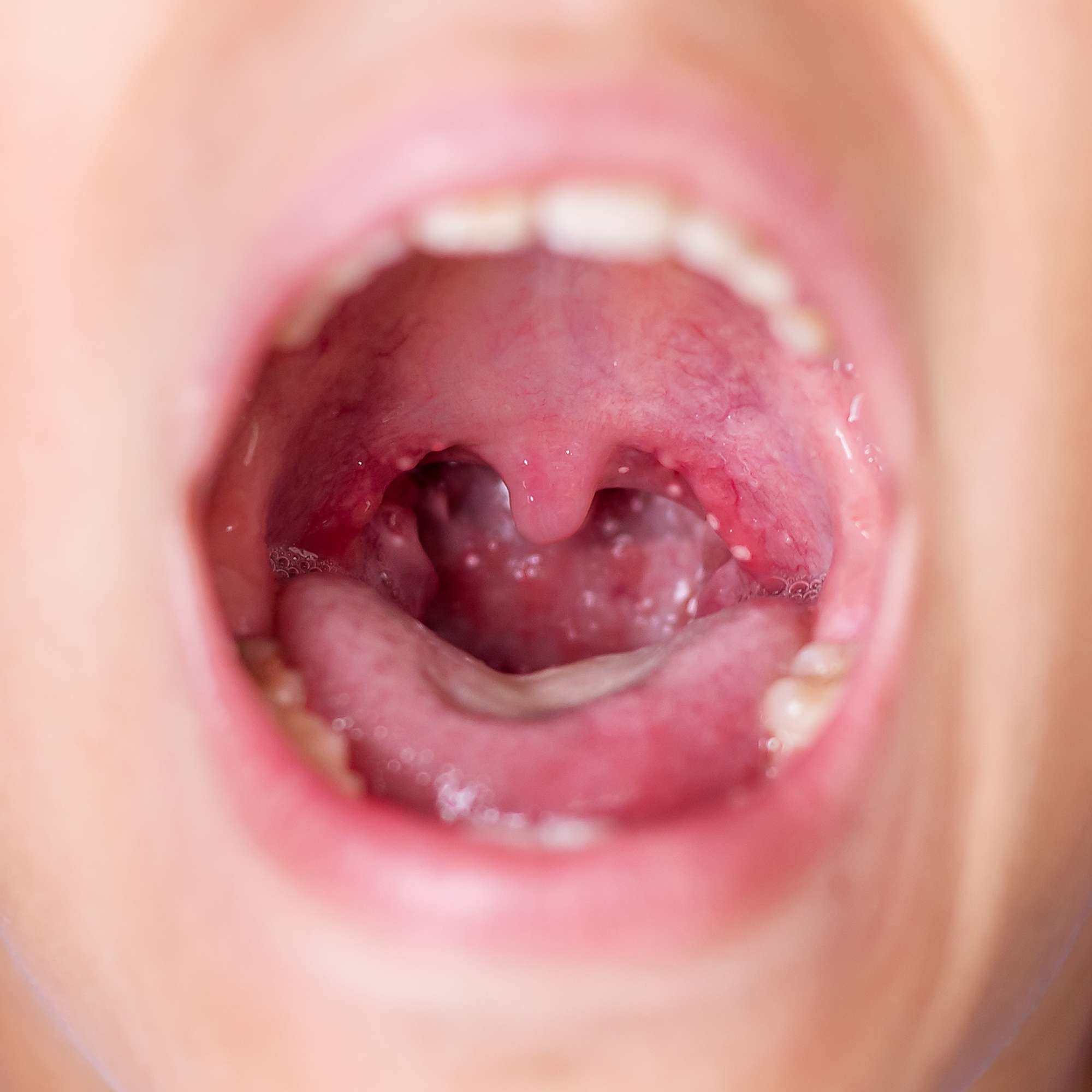Scarlet fever is a well-treatable disease with a good course if treated in time. The symptoms recede after a few days when antibiotics are taken.
Complications of scarlet fever are rare overall. Additional clinical pictures such as purulent melting of the tonsils (peritonsillar abscess), middle ear and sinusitis may occur.
Scarlet fever can have a severe (toxic) course, with vomiting, diarrhea, convulsions, and neurological abnormalities such as drowsiness.
What is feared is spread of the bacteria through the bloodstream(streptococcal sepsis). This is rare, but can lead to very severe courses.
Poststreptococcal diseases
Activation of the immune system by bacterial toxins and subsequent antibody and immune complex formation can lead to so-called poststreptococcal or streptococcal sequelae after an infection with streptococci.
Rheumatic fever
This disease usually occurs about 14 days after streptococcal infection and results in fever, joint inflammation (polyarthritis), heart inflammation (per-, myo-, and endocarditis), and skin rashes. A rare manifestation of rheumatic fever is chorea minor (chorea Sydenham). Here, damage to the brain results in uncontrolled, exaggerated movements of the arms and hands.
Acute postinfectious glomerulonephritis
Damage to the kidneys and consequences such as blood loss (hematuria) and protein loss (proteinuria) via the urine and, in the course, water retention (edema) and blood pressure problems.
It is discussed whether early antibiotic therapy reduces the probability of additional clinical pictures and streptococcal sequelae. However, there is insufficient scientific evidence for this.
Having experienced scarlet fever does not protect against re-infection with streptococci. However, immunity to the toxins responsible for the exanthema may occur. Thus, it is possible that if the streptococcal angina recurs, the exanthema will be absent.




